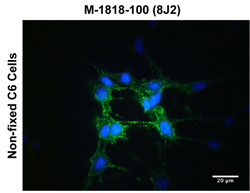Biosensis
Antibodies, kits and reagents for neuroscience research
|
Biosensis specialises in antibodies and reagents for Neuroscience, with particular emphasis on neurotrophins and neurotrophin receptors. In addition to neurotrophins, the Biosensis neuroscience portfolio includes products for research in neurodegenerative diseases, neurodevelopment, and neuro-metabolism.
Areas of focus include Alzheimer's, Parkinson's and ALS diseases, as well as autophagy, cancer, diabetes & obesity, glia, neuroimmunology and inflammation and stem cell research.
The Biosensis’ range includes neuroscience research antibodies, more than 200 quantitative ELISA kits, tissue staining and cell visualisation reagents, and purified proteins targeted for neuroscience and cellular disease research, many having been used in peer reviewed research publications.
Find your product using the search box above or if you have any questions please contact us as detailed on our contact and ordering page.
|
|
Biosensis' NeuN antibodies are ideal for defining neurons in intact brain sections, cultures, and organoids. After two decades of discovery, NeuN antibodies are still a key tool for neuroimaging, being cited in more than 6000 publications. Our NeuN antibodies are useful for ICC, IHC, and WB applications and show reactivity in human, mouse, and numerous other species. Biosensis offers the choice of two distinct NeuN antibodies against NeuN/Fox3... read more
|
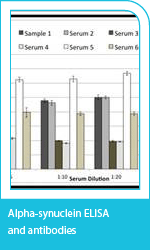
Alpha synuclein is an abundant 140 amino acid neuronal protein associated with a number of neurodegenerative diseases. Aggregated proteinaceous inclusions called Lewy bodies which are found in Parkinson's disease and cortical Lewy body dementia (LBD) have been shown to be predominantly alpha-synuclein.
Alpha-synuclein has also been detected in an increasing number of other neurodegenerative diseases, collectively known as synucleopathies. Alpha-synuclein is therefore a key target in neurodegenerative disease research.
The Biosensis Alpha-Synuclein Rapid ELISA Kit (BEK-2216-1P/2P) lets you quantifiy human alpha-synuclein in plasma, serum and CSF, in under 4 hours with a high level of accuracy... read more about our Biosensis alpha-synuclein ELISA and antibodies.
|
||
|
|
||
|
Fluoro-Jade C stains all degenerating neurons regardless of the cause of the damage or the mechanism of cell death. Due to its low background and high resolution it provides high contrast staining, making it ideal for localising degenerating nerve cell bodies as well as distal dendrites, axons and terminals. Fluoro-Jade C is resistant to fading making it compatible with most histological processing and staining protocols.
Fluoro-Jade C (FJC) Ready-to-Dilute Staining Kit - 40 mL Fluoro-Jade C (FJC) Ready-to-Dilute Staining Kit (Trial size) - 20 mL (This product is equivalent to discontinued product AG325 from Merck-Millipore)
(This product is equivalent to discontinued product AG310 (FJB) from Merck-Millipore)
|
|
Brain-derived neurotrophic factor (BDNF) plays essential roles in the central nervous system regulating and supporting the growth, survival and differentiation of neurons. Brain insults or stress can cause variations in BDNF levels, which may contribute to depressive or neurological disorders such as epilepsy and Alzheimer’s disease.
To help researchers quantify BDNF, Biosensis have developed a robust ELISA for mature BDNF with high specificity that can be performed in less than 3 hours with high accuracy, sensitivity and reproducibility... read more and watch the video here.
|
|
Our Biosensis sheep anti alpha-synuclein antibodies offer important advantages over anti αlpha-synuclein antibodies raised in mouse and rabbit:
• Validated for multiple applications • Perfect choice for rodent studies: avoiding cross-reactivity issues with mouse abs • Optimal partner for mouse and rabbit antibodies in multi-labelling experiments • Large batch sizes so no need to regularly re-validate as with rabbit antibodies • Anti-goat secondary abs already in your freezer can be used with a sheep primary
Read more about the range of alpha-synuclein antibodies we have available.
|
|
Neurofilaments are a major constituent of the neuronal cytoskeleton and are composed principally of the neurofilament triplet proteins NF-L (light), NF-M (medium) and NF-H (heavy), but may also include peripherin, alpha-internexin, nestin and vimentin.
Neurofilaments have a role in a variety of neurodegenerative diseases including multiple sclerosis and amyotrophic lateral sclerosis. They are also incorporated in the structure of intracellular Lewy bodies, in Parkinson’s Disease.
|
|
The nerve growth factor (NGF) receptor, also known as p75 neurotrophin receptor (p75NTR), is a low affinity NGF receptor. The other members of the neurotrophin family, including brain-derived neurotrophic factor (BDNF), neurotrophin (NT)-3 and NT-4/5 bind to p75NTR with equal affinity. This receptor also binds pro-neurotrophins. p75NTR mediates signalling of neurotrophins for neuronal survival, apoptosis, neurite outgrowth and synaptic plasticity. Altered neurotrophin levels and p75NTR expression are implicated in degeneration of spinal motor neurons in human and mouse models of amyotrophic lateral sclerosis (ALS).
Our p75NTR antibody (clone 8J2) to the extracellular domain of p75NTR is ideal for:
- In vivo targeting: retrograde tracing and receptor trafficking - Flow cytometry, immunopanning, western blot, immunohistochemistry and more. - Most mammalian species, including human, mouse and rat - Replacing clone MLR2 (A comparative study can be viewed here).
Related products: NGFR/p75ECD Rapid ELISA Kits (Human or Mouse),
|
|
The Biosensis range of fluorescence imaging reagents is a superb set of tools for imaging polar lipids, endoplasmic reticulum, mitochondria, lipid-rich compartment imaging reagents.
These unique dyes are characterised by compatibility with other fluorescent dyes and antibodies, usability on live and fixed samples, excellent photo-stability, low cytotoxicity, large Stokes Shift, and rapid cellular uptake.
A complete product comparison is available here.
Above: Comparison of Biosensis ER-O™ Endoplasmic Reticulum Tracing Reagent (TR-601-ER1) with a competitor product (ER-Tracker™, a registered trademark of Invitrogen, upper panel). Merged image demonstrates identical staining patterns, but unlike ER-Tracker™, ER-O™ can be used to stain the endoplasmic reticulum in live and fixed tissues without any loss of signal (lower panel).
|

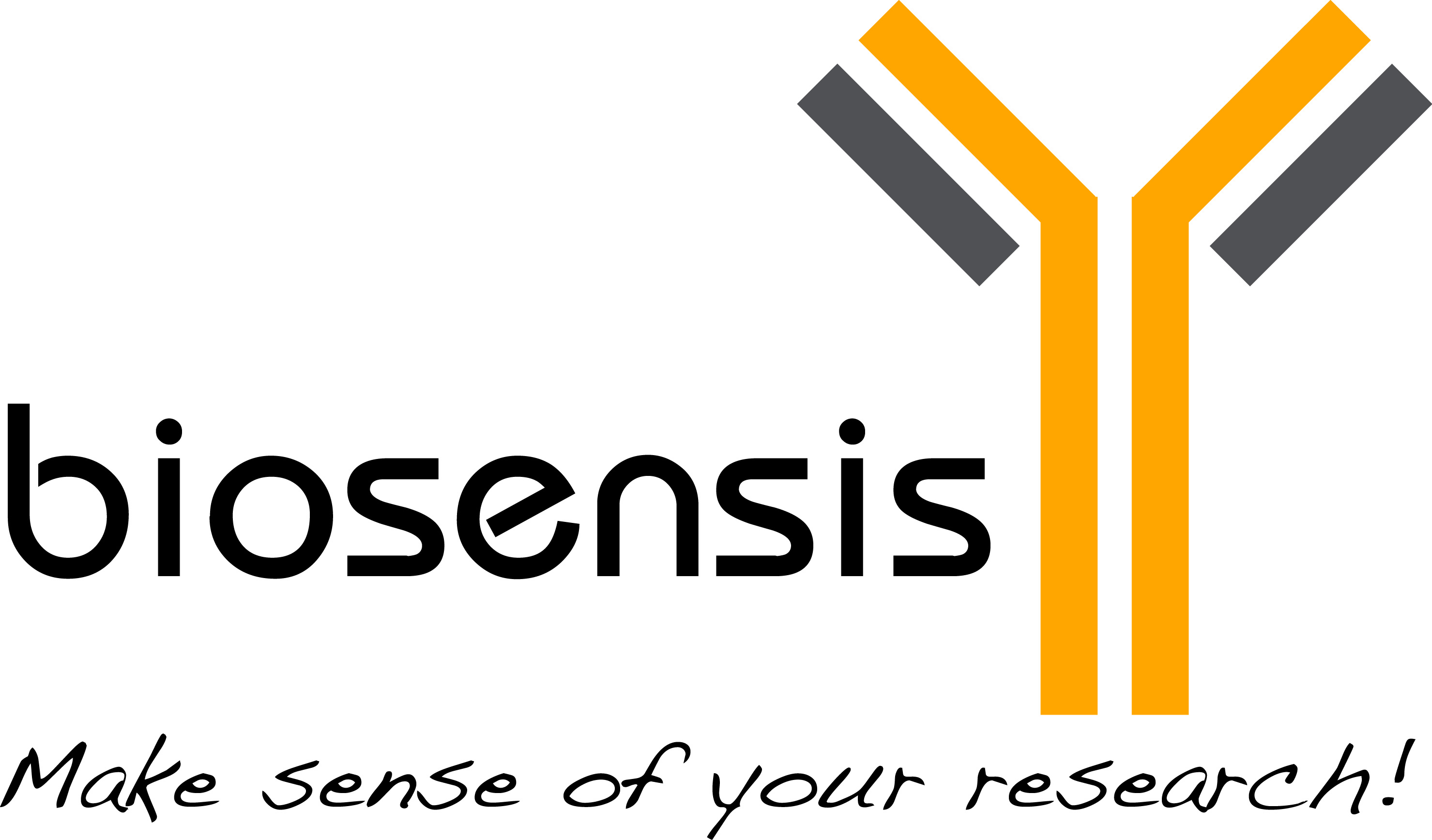
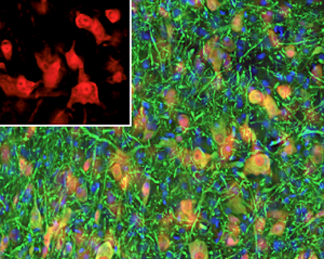
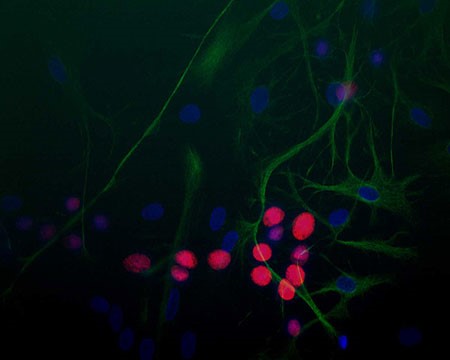
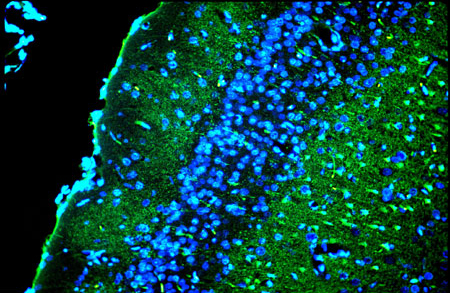
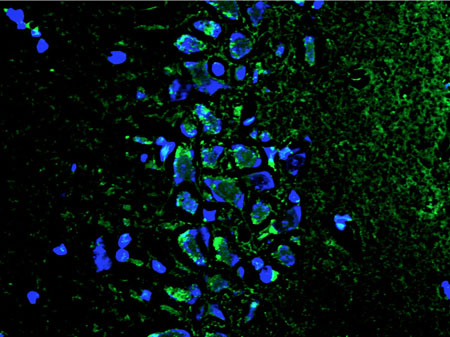
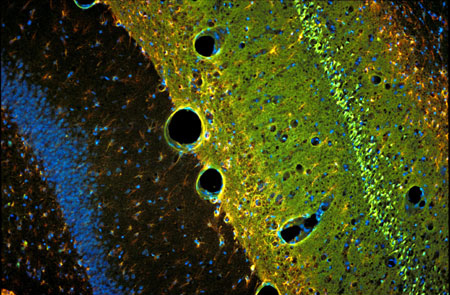
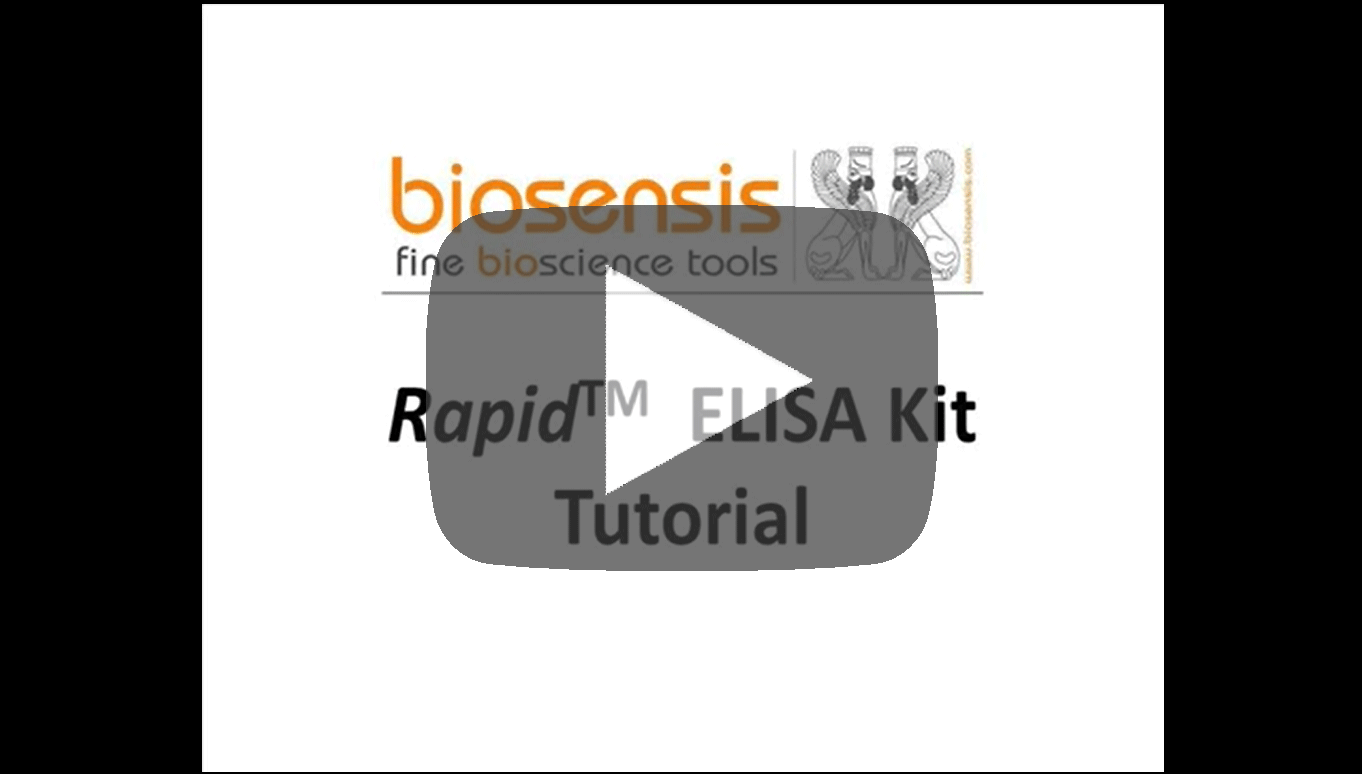
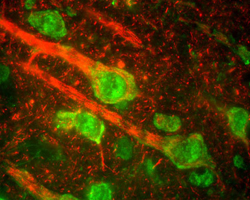
![Rat CNS cells stained with mouse monoclonal antibody to alpha-Internexin [1D2]](../images/Internexin-alpha-M-1378-250s.jpg)
